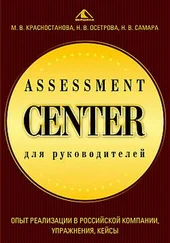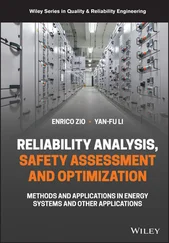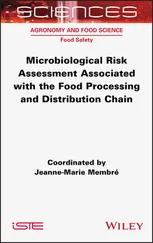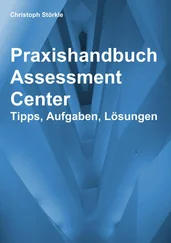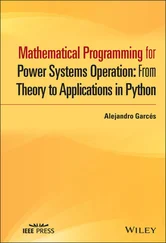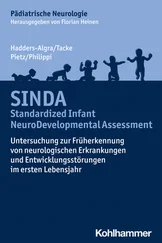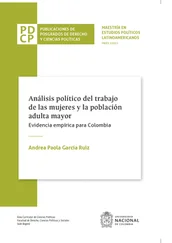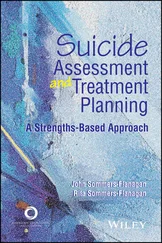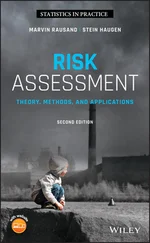Georgi Popov - Risk Assessment
Здесь есть возможность читать онлайн «Georgi Popov - Risk Assessment» — ознакомительный отрывок электронной книги совершенно бесплатно, а после прочтения отрывка купить полную версию. В некоторых случаях можно слушать аудио, скачать через торрент в формате fb2 и присутствует краткое содержание. Жанр: unrecognised, на английском языке. Описание произведения, (предисловие) а так же отзывы посетителей доступны на портале библиотеки ЛибКат.
- Название:Risk Assessment
- Автор:
- Жанр:
- Год:неизвестен
- ISBN:нет данных
- Рейтинг книги:4 / 5. Голосов: 1
-
Избранное:Добавить в избранное
- Отзывы:
-
Ваша оценка:
- 80
- 1
- 2
- 3
- 4
- 5
Risk Assessment: краткое содержание, описание и аннотация
Предлагаем к чтению аннотацию, описание, краткое содержание или предисловие (зависит от того, что написал сам автор книги «Risk Assessment»). Если вы не нашли необходимую информацию о книге — напишите в комментариях, мы постараемся отыскать её.
Explore the fundamentals of risk assessment with references to the latest standards, methodologies, and approaches Risk Assessment: A Practical Guide to Assessing Operational Risks
Risk Assessment: A Practical Guide to Assessing Operational Risks
Risk Assessment — читать онлайн ознакомительный отрывок
Ниже представлен текст книги, разбитый по страницам. Система сохранения места последней прочитанной страницы, позволяет с удобством читать онлайн бесплатно книгу «Risk Assessment», без необходимости каждый раз заново искать на чём Вы остановились. Поставьте закладку, и сможете в любой момент перейти на страницу, на которой закончили чтение.
Интервал:
Закладка:
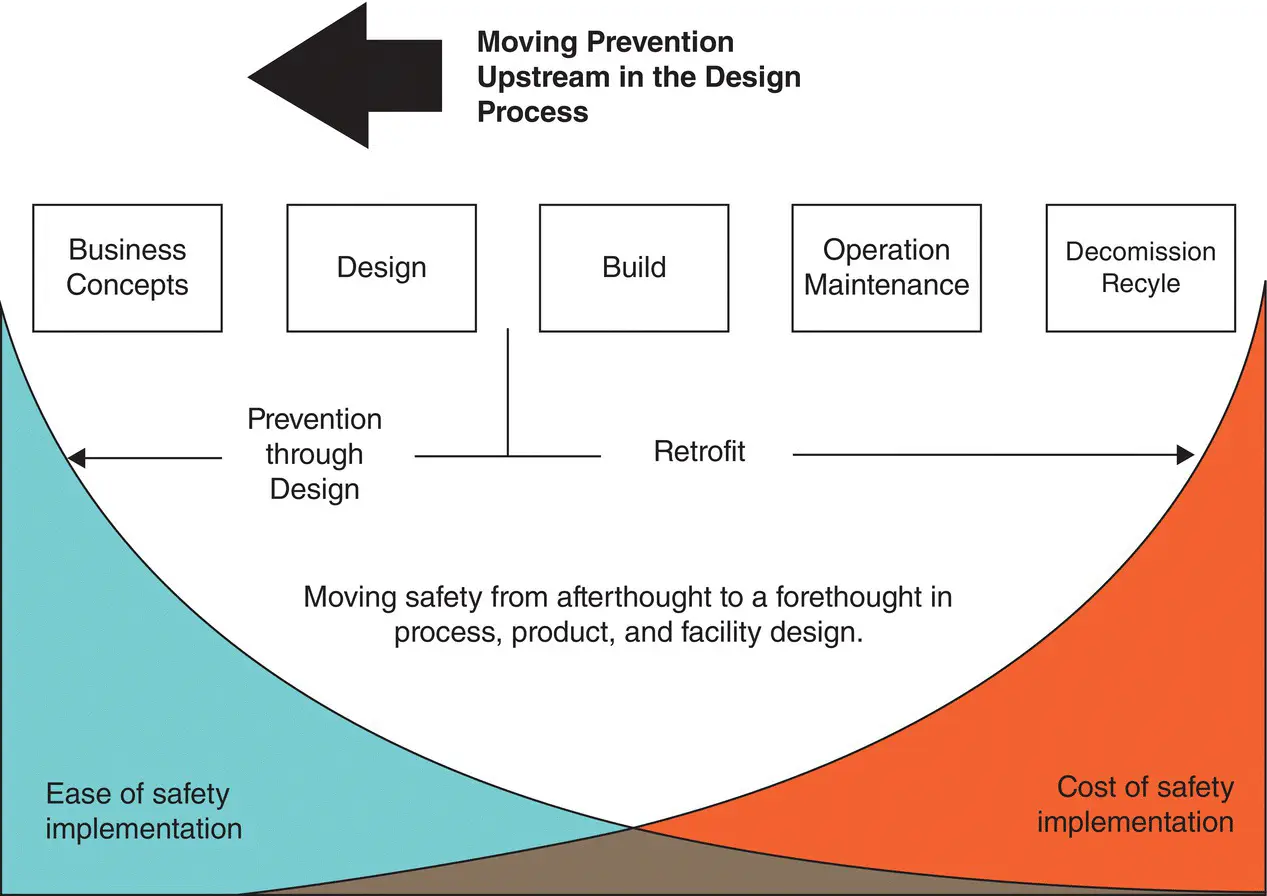
Figure 1.2 Prevention through Design. With permission. Hazards Limited.
The Hazard Analysis and Risk Assessment Process is the longest section in the prevention through design standard. First, an outline of the hazard analysis and risk assessment process is given. That is followed by the “how” for each of its elements. The outline follows:
Select a risk assessment matrix
Establish the analysis parameters
Identify the hazards
Consider failure modes
Assess the severity of consequences
Determine occurrence probability
Define initial risk
Select and implement hazard avoidance, elimination, reduction, and control methods
Assess the residual risk
Risk acceptance decision‐making
Document the results
Follow‐up on actions taken
1.3 Risk Assessment Methods
One of the purposes of this book is to present a variety of risk assessment methods and they are described throughout the text. For many hazards, the proper level of acceptable risk can be attained without bringing together complex teams of people. Safety and health professionals and design engineers having the experience and education can reach the proper conclusions on what constitutes acceptable risk. As defined in Z590.3, acceptable risk is:
Acceptable Risk.That risk for which the probability of an incident or exposure occurring and the harm or damage that may result are as low as reasonably practicable (ALARP) in the setting being considered.
ALARP – as low as reasonably practicable –is defined as that level of risk which can be further lowered only by an increase in resource expenditure that is disproportionate in relation to the resulting decrease in risk. (p. 12)
For the more complex risk situations, management should have processes in place to seek the counsel of experienced personnel who are particularly skilled in risk assessment for the category of the situation being considered. More complex risk assessment methods may be necessary in such situations.
Sometimes, for what an individual considers obvious, achieving consensus on acceptable risk levels is still desirable so that buy‐in is obtained for the actions to be taken.
It is suggested that the risk assessment method chosen fits the need. Sometimes, the method need not be complex. Information on a rather simplistic method follows. Its intent is to be illustrative.
Dated March 2020, NIOSH issued eNews Volume 17, Number 11, under the signature of the Director of NIOSH, Dr. John Howard. Its title is Using Science to Assess Workplace Hazards: NIOSH Practices in Occupational Risk Assessment.Content of this eNews follows:
What is Risk Assessment? Do you check for rain before deciding to carry an umbrella? Doing so is an example of risk assessment, which describes a process for answering three basic questions on a particular hazard.
What can happen? (It may rain today.)
How likely will it happen? (The Weather Channel says 70% chance of showers.)
What are the consequences if it happens? (I’ll be soaked without my umbrella.)
The answers provide a foundation for preventing or lessening the threat imposed by the hazard (e.g. carry an umbrella to avoid getting wet if caught in the rain) known as risk management .
One can take the position that NIOSH was overly simplistic. However, if a person follows the procedure outlined in the foregoing, that person has made a risk assessment.
1.4 The ANSI/ASSP Z690 – 2011 Series
The ANSI/ASSP Z690 Risk Management Standards are the US national standards for applying risk management for occupational safety and health. They are the US adoption of the ISO 31000 Risk Management Standards.
The three ANSI Standards that constitute a set should be of interest to safety generalists who want to become familiar with risk assessment techniques. The ASSP is the secretariat. Comments on the three standards follow:
ANSI/ASSP Z690.1 – 2011: Vocabulary for Risk Management (National Adoption of ISO Guide 73:2009). This standard provides definitions of terms that, the originators hope, will be used in other standards.
ANSI/ASSP Z690.2 – 2011: Risk Management Principles and Guidelines (National Adoption of ISO 31,000:2009). The intent of this standard is to provide a broad‐range primer on risk management systems that could be applied in any type of organization. The requirement for risk assessments is introduced in Section 5.4: Risk Assessment.
ANSI/ASSP Z 690.3 – 2011: Risk Assessment Techniques (National Adoption of IEC/ISO 31,010:2009). For safety generalists who want a ready reference on risk assessment concepts and methods, this standard is worth acquiring. It commences with a 15‐page dissertation on risk assessment concepts and methods. Appendix A, in five pages, provides brief comparisons of 31 risk assessment techniques. Comments on the 31 techniques, covering Overview, Use, Inputs, Process, Strengths, and Limitations, are provided in Annex B which covers 79 pages.
ANSI/ASSP Z 690.3 – 2011, particularly, is a valuable resource. A list of the 31 risk assessment techniques follows. Some could be applied only by experienced safety professionals who had knowledge of system safety concepts and techniques. Other techniques would be used by probabilistic specialists. However, having knowledge of a few of them will serve for a huge percentage of the needs of a safety generalist.
| B01 | Brainstorming | B02 | Structured or Semi‐Structured Interviews |
| B03 | Delphi | B04 | Checklists |
| B05 | Preliminary Hazard Analysis | B06 | Hazard and Operability Studies |
| B07 | Hazard Analysis and Critical Control Points | B08 | Environmental Risk Assessment |
| B09 | Structure – What if Analysis | B10 | Scenario Analysis |
| B11 | Business Impact Analysis | B12 | Root Cause Analysis |
| B13 | Failure Mode Effect Analysis | B14 | Fault Tree Analysis |
| B15 | Event Tree Analysis | B16 | Cause and Consequence Analysis |
| B17 | Cause‐and‐Effect Analysis | B18 | Layer Protection Analysis |
| B19 | Decision Tree | B20 | Human Reliability Analysis |
| B21 | Bow Tie Analysis | B22 | Reliability Centered Maintenance |
| B23 | Sneak Circuit Analysis | B24 | Markov Analysis |
| B25 | Monte Carlo Simulation | B26 | Bayesian Statistics and Bayes Nets |
| B27 | FN Curves | B28 | Risk Indices |
| B29 | Consequence/Probability Matrix | B30 | Cost Benefit Analysis |
| B31 | Multi‐Criteria Decision Analysis |
In the Z590.3 standard, this statement is made (p. 23). “As a practical matter, having knowledge of three risk assessment concepts will be sufficient to address most, but not all risk assessment situations” (that safety professions will face). They are Preliminary Hazard Analysis and Risk Assessment; the What‐If/Checklist Analysis Methods; and Failure Mode and Effects Analysis.
1.5 ANSI B11.0 – 2020: Safety of Machinery
This Is a Standard of Major Importance
Because of the breadth of its coverage, ANSI B11.0 – 2020 is of particular importance for machinery safety. Several parts of the standard are duplicated here with permission from B11 Standards Inc. As is said in the Forward,
Читать дальшеИнтервал:
Закладка:
Похожие книги на «Risk Assessment»
Представляем Вашему вниманию похожие книги на «Risk Assessment» списком для выбора. Мы отобрали схожую по названию и смыслу литературу в надежде предоставить читателям больше вариантов отыскать новые, интересные, ещё непрочитанные произведения.
Обсуждение, отзывы о книге «Risk Assessment» и просто собственные мнения читателей. Оставьте ваши комментарии, напишите, что Вы думаете о произведении, его смысле или главных героях. Укажите что конкретно понравилось, а что нет, и почему Вы так считаете.

